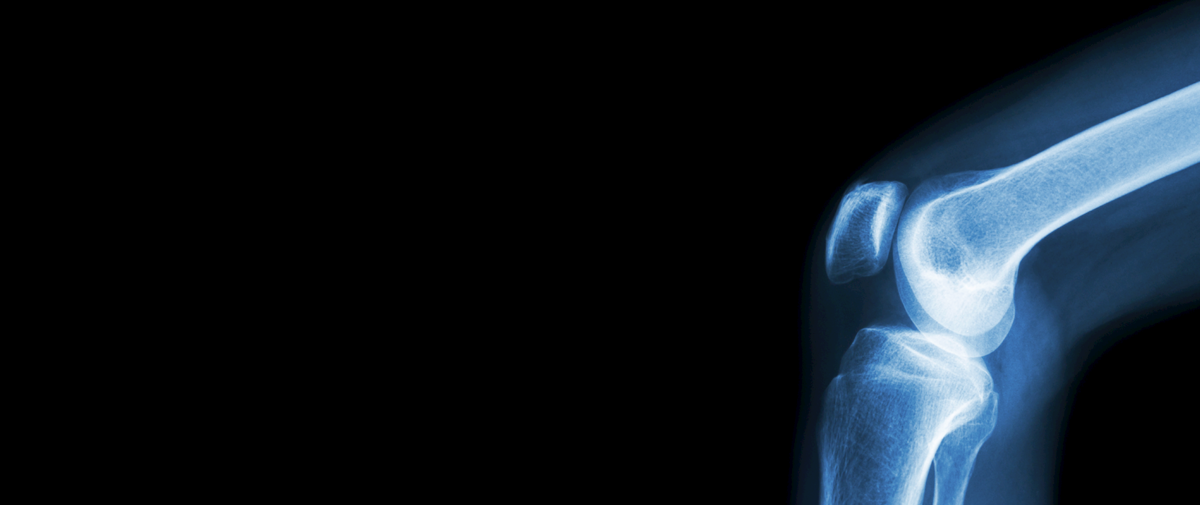Are you one of the nearly 4 million Australians who have been diagnosed with a form of arthritis?
Although often referred to as a single disease, arthritis is an umbrella term for more than 100 medical conditions that affect the musculoskeletal system. Arthritis-related problems include pain, stiffness, inflammation and damage to joint cartilage and surrounding structures. The most common joints affected by arthritis are hips, knees, big toes, spine and hands.
Most forms of arthritis are thought to be auto-immune conditions with osteoarthritis and rheumatoid arthritis being some of the most common. While it is the leading cause of chronic pain, arthritis is not well understood.
Managing Arthritis
Although pain and functional limitations present challenges to individuals with arthritis, regular exercise is essential for managing these conditions. Specifically, exercise reduces pain, maintains muscle strength around affected joints, reduces joint stiffness, prevents functional decline and improves quality of life.
Things to remember:
-
It is normal for a little bit of soreness in the arthritic joint during exercise. However, if there is significant pain or swelling then the exercise program may need to be revised.
-
The benefits of exercise are lost if the exercise stops so ensure you have a good support system in place to maintain a consistent exercise regime.
-
Joint range may be restricted due to arthritic changes in the joint and swelling. Over time the range of motion should gradually be increased by working to the full extent of range tolerated.
Osteoarthritis
Osteoarthritis is the most common lifestyle disease in individuals 65 years of age and older, but it can also affect individuals as young as 30. Osteoarthritis occurs when the protective cartilage that cushions the ends of the bones wears down over time. Muscle weakness has a direct effect on the structure and function of the joints and can lead to an increased risk of osteoarthritis.
Each year, more than 50,000 Australians undergo a total knee replacement and over 30,000 undergo a total hip replacement due to a primary diagnosis of osteoarthritis. According to the Australian Orthopaedic Association, the number of hip and knee replacements is predicted to triple by 2046. Research also suggests that 30% of people waiting for hip or knee joint replacements may be able to avoid the surgery with strengthening exercise.
At Kieser we have designed a specific 'Hip and Knee Osteoarthritis Program' which is designed to:
-
Delay or prevent joint replacement surgery
-
Reduce pain levels
-
Improve function
-
Avoid or reduce inpatient rehabilitation (if surgery proceeds)
-
Provide the client with a long-term self-management program
The Kieser Hip and Knee Osteoarthritis Program has been developed to help clients improve their condition in a safe and supervised environment. The twelve-week program includes:
- Physiotherapy assessment, treatment and supervised exercise sessions
- Exercise physiologist/scientist supervised exercise sessions
- Independent, physiotherapy- guided strengthening program on Kieser equipment (supervised by exercise scientists)
- Education sessions on nutrition, osteoarthritis and chronic pain
Pilot Program:
In 2018, we collaborated with a private health insurer to conduct a six-month pilot of our program. In total, 103 participants commenced the program and 93 completed it. All participants had confirmed hip/knee osteoarthritis, were expected to have joint replacement in three years and 73% had consulted a surgeon.
Results:
- Eight months post program only 8 participants have had surgery
- 62% of participants felt that they would not require surgery for more than 3 years at the end of the program
- Post program, 72% of participants had no pending surgical review at 6 months
Research
74% of patients initially deemed appropriate for joint replacement did not proceed to knee arthroplasty in the 12-months following a 12-week rehabilitation program (Skou et al, 2015)
Prehabilitation programs have been found to reduce pain, improve function and lead to better post- surgical outcomes. (Desmeules et al, 2013; Roo et al, 2006)
Rheumatoid Arthritis
While many with rheumatoid arthritis may instinctively try to limit their movement in order to protect their joints, exercise can in fact be a very beneficial treatment for rheumatoid arthritis. Strength training builds muscle and helps support and protect joints that are affected by arthritis. Some of the medications commonly used to treat rheumatoid arthritis have negative side effects such as weight gain, decrease in muscle mass and bone density as well as fatigue. Strength training can help combat these side effects as it is low impact and if performed correctly, can help improve strength, bone density and help clients lose weight.
Accredited Exercise Physiologists at Kieser can help design an exercise program that is safe and effective for clients looking for treatment for rheumatoid arthritis.
References:
AIHW National Hospital Morbidity Database
Skou ST, Roos EM, Laursen MB, Rathleff MS, Arendt-Nielsen L, Simonsen O, Rasmussen S. A randomized, controlled trial of total knee replacement. N Engl J Med. 2015;373:1597–606. pmid:26488691






























